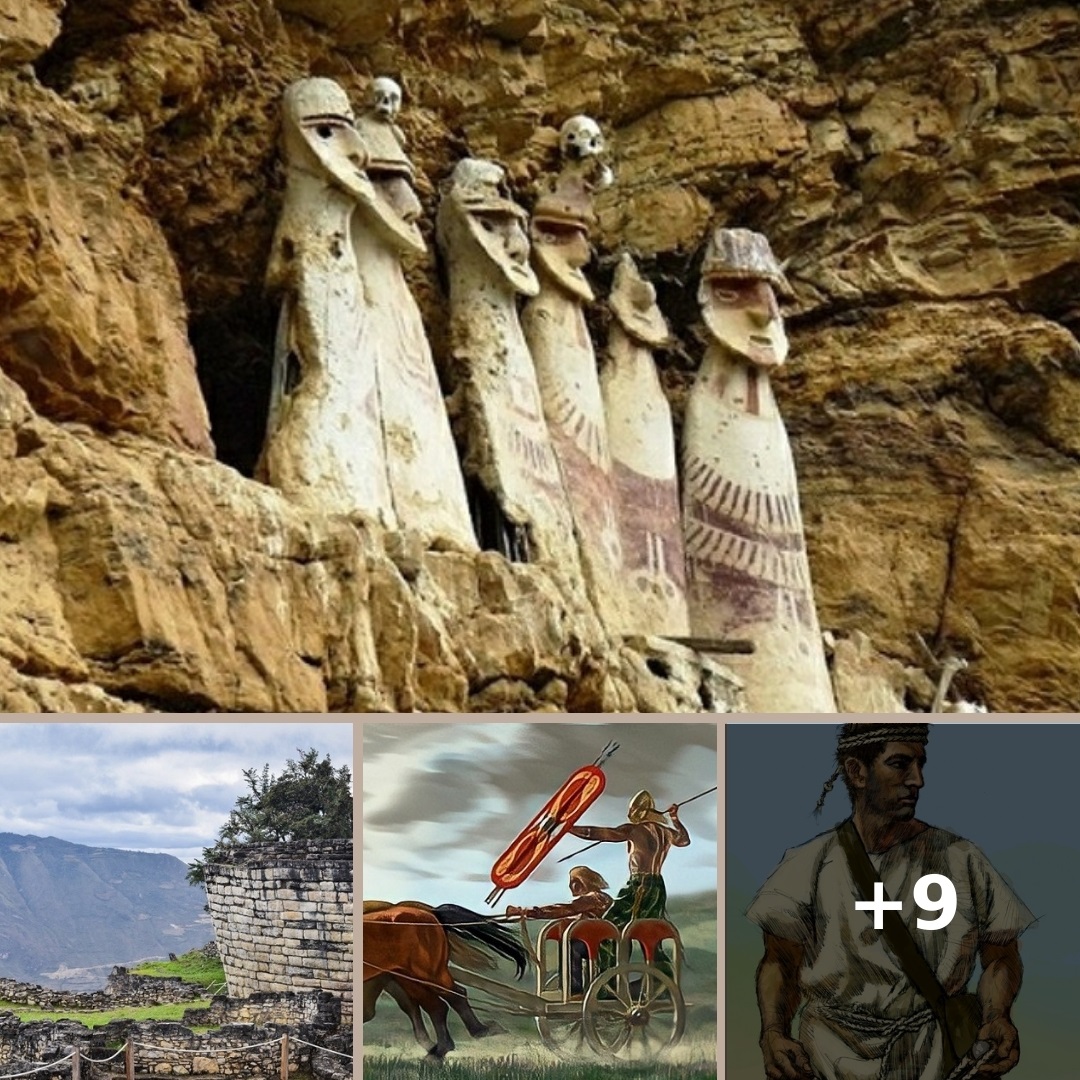At 4,000 km upriver you reach the foothills of the Andes in Peru, and there lived the people of the Chachapoya, also called “The Warriors of the Clouds.”
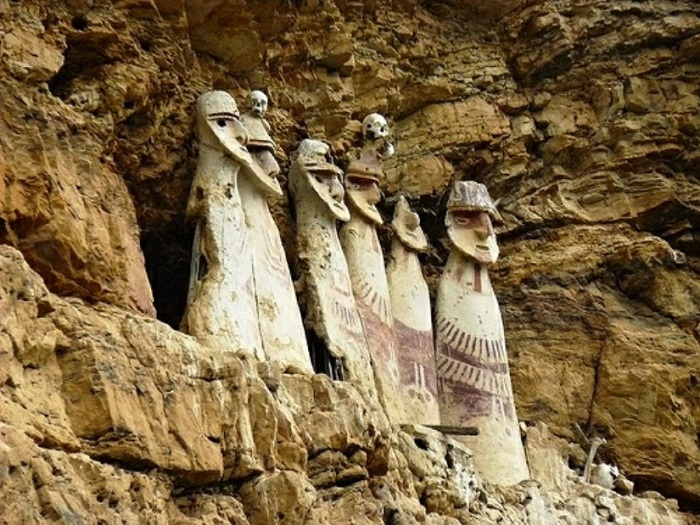
There is little first-hand or contrasting knowledge of the Chachapoyas. Much of what we do know about the Chachapoyas culture is based on archaeological evidence from ruins, pottery, tombs, and other artifacts.
One of the most populous Chachapoya cities is at 3,000 metres high and shows that its inhabitants were great builders and probably ruled a vast empire. Radiocarbon (Carbon-14) analyses date most of the construction to around 800 AD, except for the main entrance dating back to 500 AD.
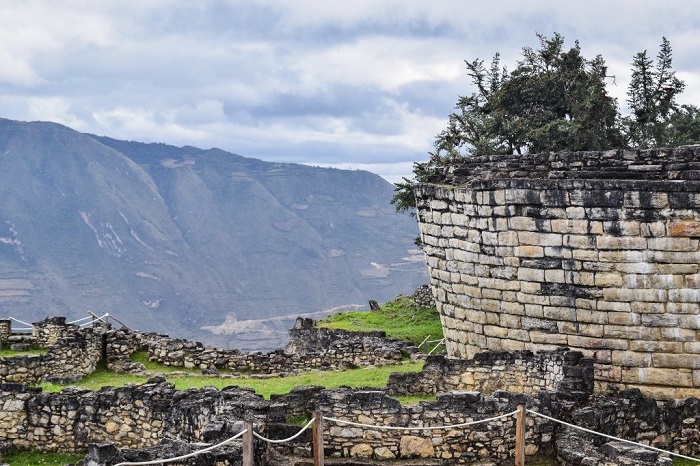
In all America, there are no similar constructions, but there are similar ones among the Celtic peoples of Europe, especially in ancient Celtic settlements in Galicia. Some Chachapoya skulls show evidence that trepanations have been performed on them, which patients have survived. This surgical practice was already known in the Mediterranean where it is described around 500 BC, and trepanned Celtic skulls have been found in Austrian sites.
The kingdom of the Chachapoya was in eastern Peru, far from the area of influence of the Inca Empire. Although their burials used to take place inside homes, a custom shared with the Celts, they also made burials on the cliffs of steep cliffs, and they have left paintings of people with complex and spectacular headdresses. The Celts also represented their gods with similar headdresses.
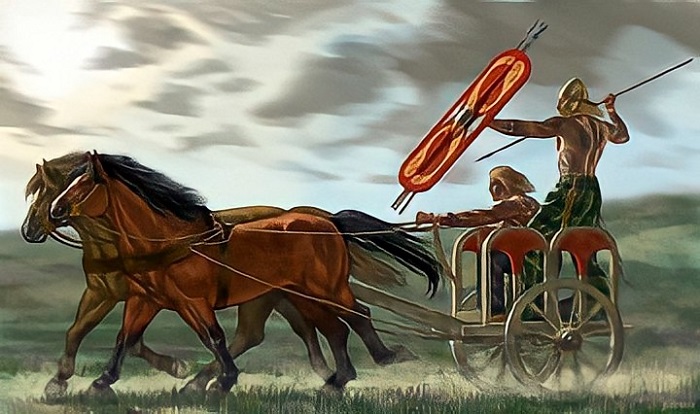
The climate of the area brings very frequent storms that cause landslides capable of burying the cities that were in the valleys, for that reason the Chachapoyas chose to build on the tops of the mountains. During torrential rains, a burial at 2,800 m was discovered and archaeologists were able to recover more than 200 mummies that had survived the storms and looting.
Analysis of the bones has revealed that many Chachapoyas suffered from diseases such as tuberculosis, which had always been thought to have been introduced into America by the Spanish after the Discovery, but this shows that the Chachapoyas already suffered from it many centuries before. This has led to think that the Chachapoyas were descendants of a European people that arrived in America many centuries before Columbus.
And it was a warrior people, many skeletons show that they died from skull fractures and had violent deaths. And their most common weapons to attack from a distance were slings, very different from those found in the Inca part of Peru but very similar to the Celtic slings of the Balearic Islands.
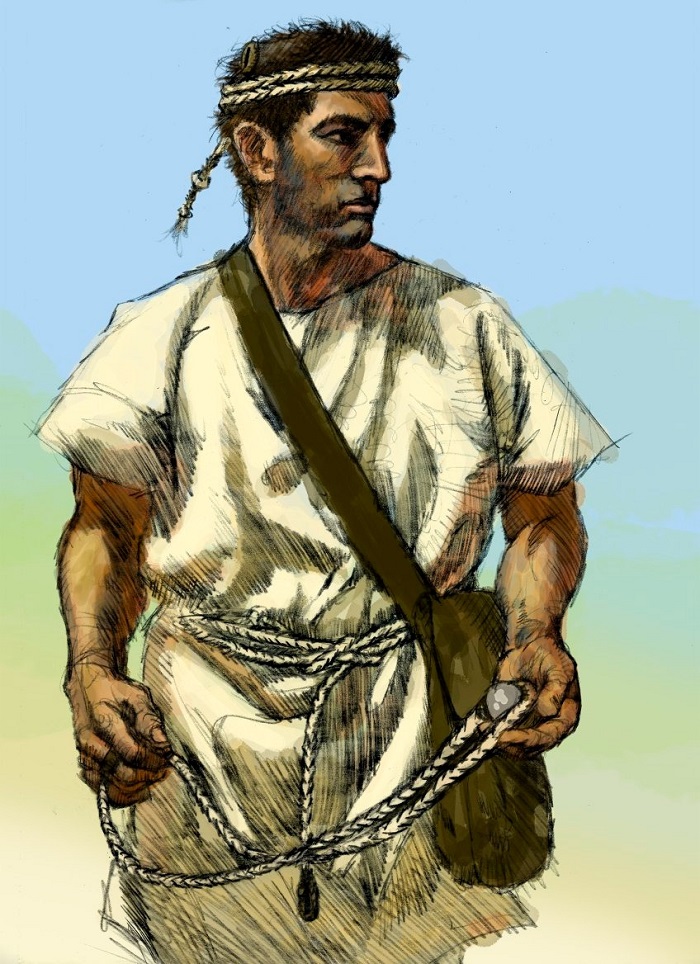
A Balearic slinger, world champion in sling shooting, examines a Chachapoya sling and claims that they are practically identical to the traditional Balearic slingshots.
The Chachapoyas traits
Some descendants of the Chachapoyas retain physical features that differentiate them from other Amazonian or Inca tribes. They have lighter skin and many are blond or red-haired, contrasting with the copper complexion and black hair of the rest of the South American tribes. Some of the first Spanish explorers already witnessed those differences that made the Chachapoyas more similar to Europeans than to South Americans.
Saliva samples from children with these physical characteristics have been analyzed at the Molecular Genetic Institute in Rotterdam. Although most of their genome is genuinely native South American, some incorporate between 10 and 50 percent genes of Celtic origin, specifically from England and Galicia.
Are the Chachapoyas descendants of Celtic tribes embarked on Carthaginian ships that crossed the Atlantic when fleeing the Roman army?
Despite several indications that point to this possibility, the truth is that there is no conclusive evidence. Perhaps new archaeological or genetic studies will confirm this, but some archaeologists and scholars of the Chachapoyas are already convinced of it.
